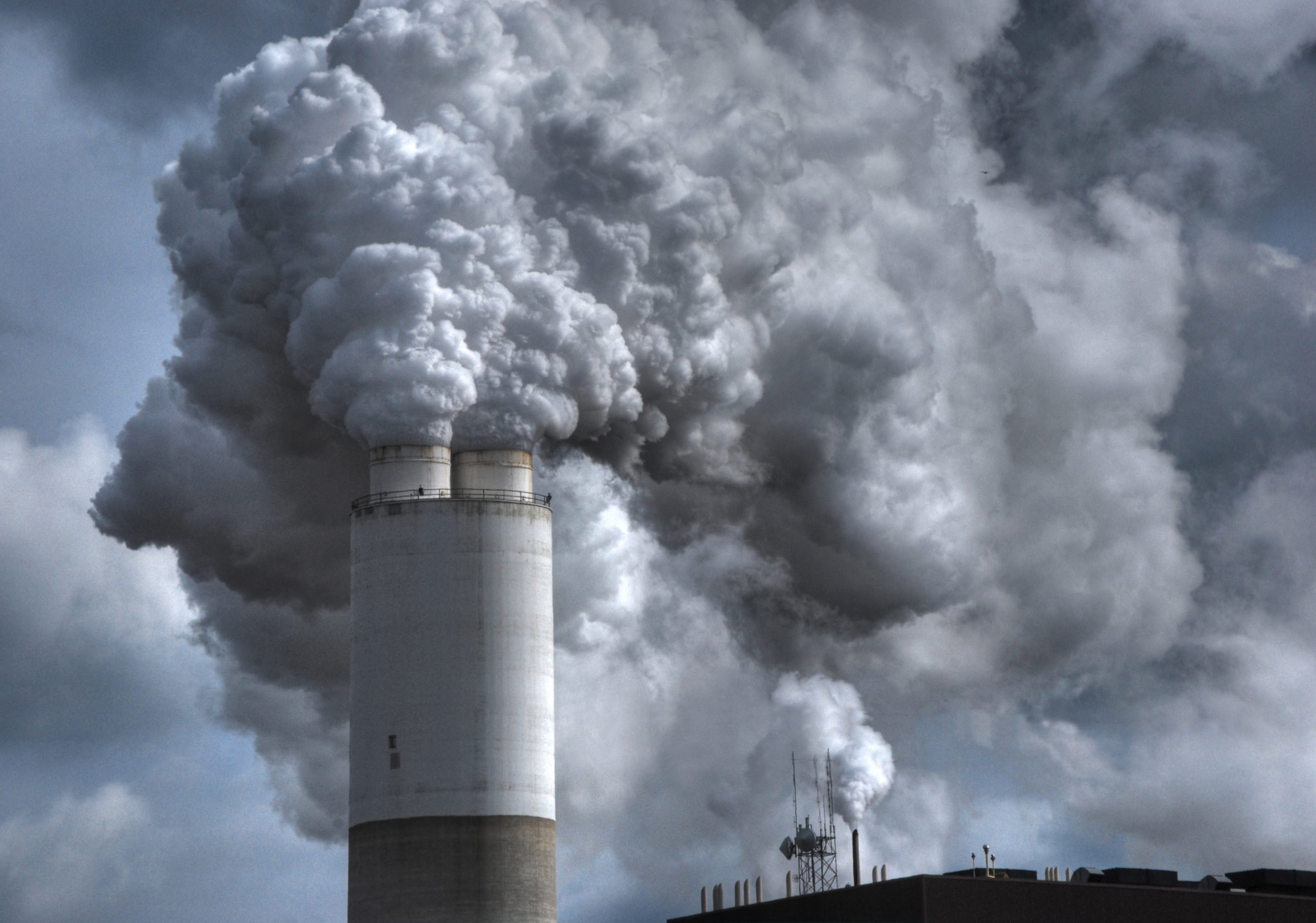
Last year, a federal district court prevented the Biden administration from requiring federal agencies to use the “social cost of carbon” (SCC) when conducting cost-benefit analyses during the rulemaking process.
In simplest terms, the social cost of carbon is a dollar estimate of the economic damages that result from one additional ton of greenhouse gases emitted into the atmosphere. This cost is measured by the negative impact of the gases on health, infrastructure, agriculture, and other factors. Prior to the Trump presidency, federal agencies had been required to calculate SCC when issuing new regulations.
As you might expect, not every politician agrees with using SCC when determining the economic impact of new federal regulations. But it was still surprising when a federal district court in Louisiana held last summer that the Biden Administration violated the Administrative Procedure Act (APA) in reinstating the use of SCC analysis through an executive order, E.O. 14008. The district court issued a preliminary injunction prohibiting the E.O. from taking effect.
The Biden Administration promptly appealed. The Fifth Circuit, in a recent order, lifted the injunction. While litigation is ongoing, for now, the Biden Administration is free to require federal agencies to measure the social cost of carbon and factor it into decision-making on new agency rules.
Why Federal Agencies Conduct Cost-Benefit Analyses of Carbon
There is no federal statute mandating federal agencies consider the economic effects of greenhouse gas emissions when issuing regulations. Instead, it is the result of a gradual process that has been carried out through the Executive Branch over decades:
- Federal agencies have been conducting cost-benefit analyses of proposed regulations since at least the 1970s. But in 1993, President Bill Clinton made this process more formalized through E.O. 12866. That executive order mandates a review process before new rules are published, which in effect, mandates a cost-benefit analysis for “economically significant” regulations.
- In 2003, the Office of Management and Budget (OMB) issued Circular A-4, a non-binding document that provides guidance to federal agencies complying with E.O. 12866. After a 2008 Ninth Circuit decision, this guidance began including a standard analysis of the social cost of carbon. (The Ninth Circuit remanded a fuel economy rule to the Department of Transportation for failing to monetize CO2 emission reductions, since “the value of carbon emissions reduction is certainly not zero.” The case was Center for Biological Diversity vs. NHTSA).
- In 2010, under the direction of President Barack Obama, an Interagency Working Group (IWG) created a standardized method for determining the social cost of greenhouse gas emissions using a peer-reviewed process.
- In 2017, President Trump disbanded the IWG, but still required federal agencies to “monetize the value of changes in greenhouse gas emissions resulting from regulations.”
- Upon first taking office, President Biden reversed President Trump’s decision and again tasked the IWG to issue SCC estimates for use by federal agencies. Those are not yet complete, but at President Biden’s behest the IWG did issue an Interim Estimate for immediate use.
Read the full Biological Diversity opinion and thousands more with a free trial of Westlaw Edge.
It is that Interim Estimate that is at issue in the present litigation. Ten states, all with Republican governors, filed a lawsuit in federal court. They argued both that the Interim Estimates are arbitrary and capricious in violation of the APA and that such requirements will increase costs on the states challenging the E.O.
Plaintiff States Don’t Have Standing
But the states bringing suit cannot point to any specific instance of increased costs from a regulation’s use of SCC. Instead, they argue only a generalized complaint based on a hypothetical future event. Further, IWG Interim Estimates are not final, and usually, such estimates are not challenged until finalized. For these reasons, it is surprising that the federal district court agreed to issue the plaintiffs’ injunction.
In order to bring a lawsuit in federal court, the plaintiffs must have standing. As any 1L can tell you, this means that the plaintiffs must first establish that they suffered an “injury in fact.” As the Fifth Circuit panel succinctly wrote, “[t]he Interim Estimates on their own do nothing to the Plaintiff States. So we discern no injury that would satisfy [the standing requirement] at this stage.” The Fifth Circuit went on to note that the Biden Administration has a high likelihood of succeeding on the merits. The case remains in the Fifth Circuit, which may issue an opinion on the merits in the coming months.
What the Fifth Circuit Order Means Moving Forward
Measuring the social cost of carbon for new regulations isn’t dispositive of anything. Agencies are not bound by a cost-benefit analysis. OMB does not impose its standardized processes on any agency. And even a regulation that has a high SCC by the government’s own metrics can be implemented.
What this does mean is that a president is likely to have the power to force federal agencies to at least account for the economic effects greenhouse gas emissions can play when creating new regulations.
